Interested in photography from an early age, avid landscape and portrait photographer Richard Snow has focused his attention on effectively capturing breathtaking images. Richard resides in the great state of Maine which primarily serves as a muse for his diverse body of work. With a keen eye for composition as well as a true understanding of the technical aspects of his craft, we as viewers can appreciate the drive and passion behind Richard’s pieces of fine art photography. As you browse through some of the photographs from his collections below, I think you’ll agree that he is quite an accomplished artist.
It’s my pleasure to share Richard’s thoughts and ideas about his work with my readers. Richard, thank you so much for sharing your experiences with us and thank you so much for all your thoughtful responses. It’s not every day we get a behind the scenes view of such an engaging artist.
If you’d like to learn more about Richard, please visit his website. You can also follow him on Instagram and Facebook.

Can you please tell the readers a bit about yourself?
My name is Richard Snow. I’m a full-time Senior Engineer for a regional Managed Services Provider that covers a majority of the East Coast from Maryland to Maine. Basically, that means I fix computers full time. I’m passionate about the State of Maine, where I live, and love to photograph it’s many different personalities. Photography for me is a passion – I love being out on the trails in Maine, discovering new places, and photographing them as I see them for the first time. I also teach photography part-time for a local Adult Education program.
Where is home?
Home is Windham, Maine, USA, where I have lived with my family for the past ten years.
What inspired you to be a photographer?
My first memory of taking a photo was when I was nine or ten years old. I was allowed to take a photo of my family at Walt Disney World using my father’s Canon AE-1. All the dials, the amazing way a split prism assists with manual focus, and that little blinking red light that told me that I didn’t have the right exposure – it all fascinated me. Ever since then, I’ve always had a camera. Nothing fancy or expensive, but something I could take photos with. But what really sparked my passion was working in a photo lab – seeing all of the amazing photos that people were taking as they got their film developed. It reignited the fascination I had with cameras as a child. I bought a film SLR and it’s been learning what I can when I can from that point forward.
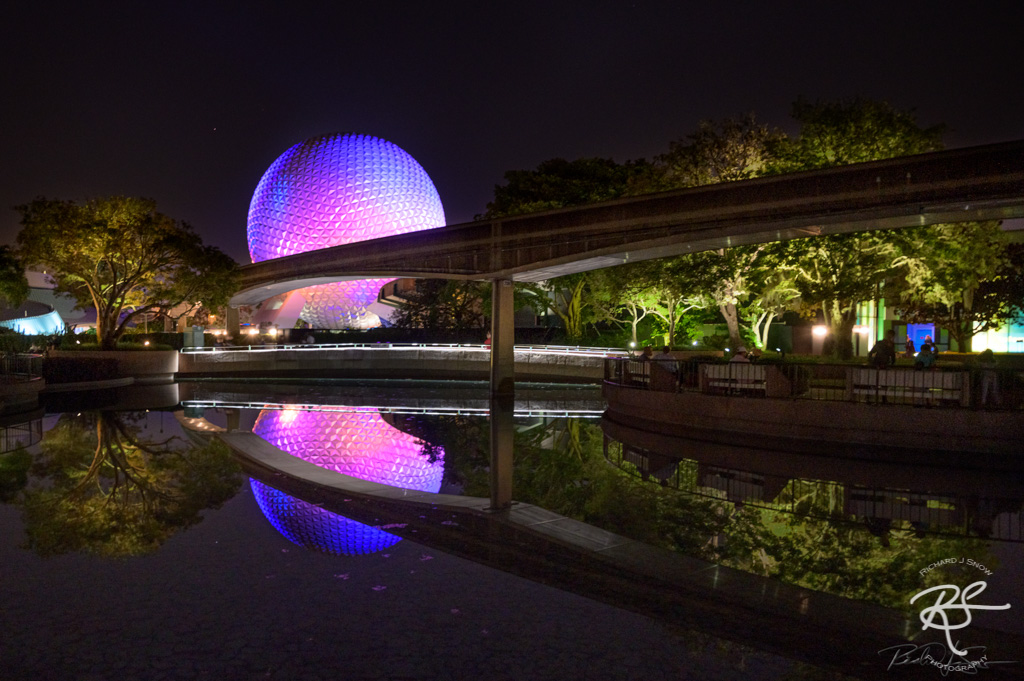
What type of session do you look forward to the most vs what type of session you most often do?
I most look forward to a day trip that will take me somewhere I’ve never been before. These trips usually involve a long, quiet car ride, a peaceful hike, and shooting whatever I find during my journey. This could be wildlife, waterfalls, lighthouses, lakes, or landscapes. I never know what the day will bring, so the anticipation of what I will get, followed by producing the results later that evening or on the following day is the most special for me.
What has been your most memorable session and why?
My most memorable session is one that I did recently. I had planned it out precisely but wasn’t sure what I would get. I left my house around 9:00 PM to take a trip to one of my favorite lighthouses, Marshall Point. I had planned on shooting the Milky way over the lighthouse – something I’d tried before but never gotten good results. And wouldn’t you know it – I didn’t get the results I wanted at this lighthouse again… but this time I had a plan. I decided that Marshall Point’s bright light and the slight mist wasn’t going to cooperate for milky way shots, so I headed back toward home. On the way, I stopped at Pemaquid Point and Doubling point lighthouses to take a few more shots of the night sky. I created some of my best Milky Way shots ever on this trip and visited Doubling Point light for the first time, ever. Something I plan to do again this summer – this time during daylight hours.

Marketing is a crucial component for any photographer. How do you go about marketing yourself?
I currently use three methods of marketing – Social Media, Art Shows, and Free Photography.
Social Media: I try to post a new image daily on social media – this includes Instagram, Twitter, and Facebook. I try to be interactive with anyone that comments on my images – from a simple “Thank you” to any explanation of my methods that are asked about. I try to accommodate anyone that shows interest in my work.
Art Shows: I participate in around ten art shows every year, across the State of Maine. This is where I sell most of my fine art photography and earn a good repeat business as people find their way to my online gallery.
Free Photography: I shoot local high school sports free of charge. I then give links and passwords to a locked gallery to parents, players, and coaches. In the gallery, screen resolution photos that can be shared on social media (with a small watermark, just so I get credit for the photo) are free to download and share. Additionally, Full Resolution images and prints are available for purchase through the gallery. I also run a program where I pick a High School Senior and offer them access to my school ambassador program. This gives them access to free photos of their High School Events, along with a free Senior Portrait Session. Both of these methods only cost me a couple of hours a month and have earned me a good number of Senior Portrait Shoots.
What industry sites and blogs do you read regularly? Would any stand out as particularly motivational or inspirational for someone who might be interested in learning about photography?
I regularly read blogs and articles on the B&H photo’s web site and follow Peter McKinnon on YouTube. Most of my motivation and inspiration are not derived from reading articles and watching Vlogs – I’m simply inspired by what I see all around me. For someone just starting out, I highly recommend photo.net. This is where I really started learning about the subtleties of photography and sharing my work. Learning from creative criticism is how I learn best. I didn’t know that until I got the courage to start sharing my work and it had helped mold me into the photographer I am today.
How did you develop your style?
My style…well, it’s a bit of a long story.
When I was working in a photo lab, I was mainly developing film – the digital revolution was still a few years away. I was really inspired by the photographers that developed their film at the lab. Wedding photographers, portrait photographers, and landscape photographers. It was one particular landscape photographer that turned me on to slide film…Kodachrome and Velvia. These two film types really helped mold me into my style…Velvia had the cool tones for woods and waterfalls, Kodachrome was warm for Sunrises, Sunsets, and fall foliage. Growing up on the doorstep of the White Mountain National Forest gave me access to all of these wonderful things to photograph. I also worked part-time as a second shooter for weddings and had a small portrait photography business through my late twenties. All of this early photography would help mold my style as I grew as a photographer.
Then the digital revolution happened.
Shooting digital gave me freedom. Freedom from the rigors of carrying and changing multiple rolls of film while hiking and camping. Freedom from having to carry a notebook to document my shoots. And most importantly, freedom to experiment. This freedom to experiment led to some disasters – it also led to moments of clarity and inspiration…the “What If” moments that turned out better than I had ever expected. These moments of inspiration, along with my early experimentation with slide film that helped me develop my style.
These days, my portraiture style is to capture who you are – not who you want people to think you are. I’m not here to judge you and my camera certainly will not judge you – just be free to express exactly who you are – all I’m here to do is capture it.
My landscape photography style is all my own – it’s taken me years to develop it and it’s constantly evolving, although much slower now than it has in the past. My landscape style is to pre-visualize my final image before pressing the shutter. I look at my surroundings, find my subject, visualize my final image, and fix it in my mind. Only after I have fixed the image in my mind do I set my camera and take the image. I don’t always get the image I visualized in my first capture. It could be the way water is flowing over a waterfall or the way the clouds are moving across the sky or even the way light is shining out of a lighthouse that just isn’t right. But I’ll try again – sometimes several times until it’s how I visualized it. When processing an image, it doesn’t have to be over-saturated and over-processed. It just has to be the way you visualized the image before you pressed the shutter.
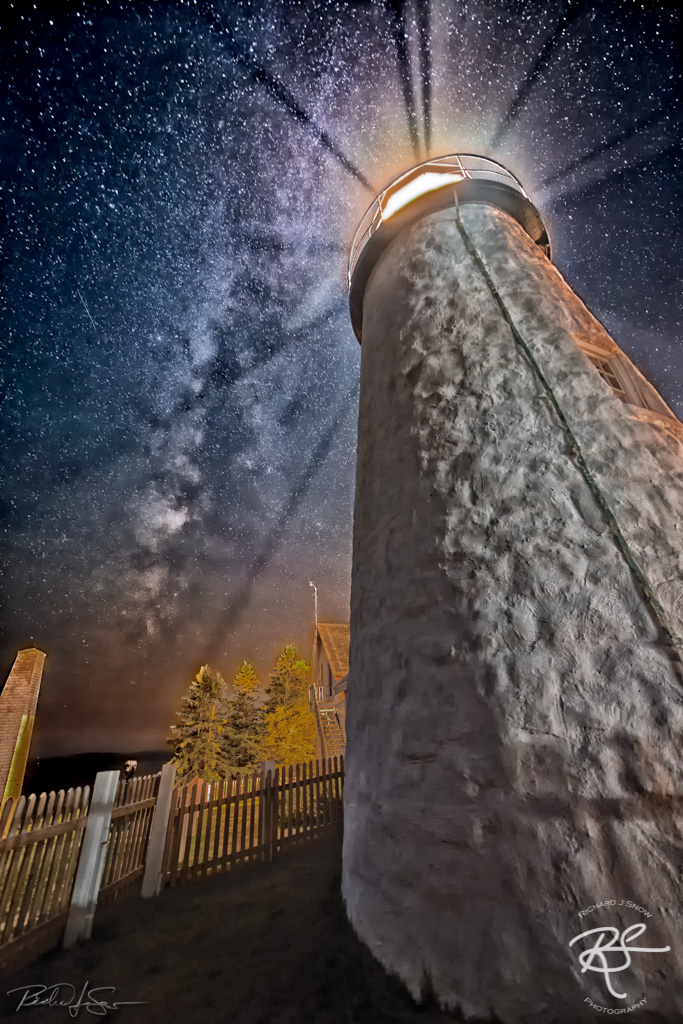
What drives you to create; does it satisfy a need or passion?
I think it’s a little of both. I have a deep need and passion to create. I kind of feel artistically empty after a while if I haven’t created something – and it doesn’t have to be photography.
Who or what inspires you in your personal life and work?
My wife and kids inspire me every day – I look at them and they give me a purpose. I’m also inspired every time I look at the wonders that this world has given us and that so many people have yet to behold. I’m amazed and saddened when some people viewing my work have told me that they have never seen the sunrise, or the stars in the night sky, or a waterfall in person. Being able to see these things every day, if I so choose, is enough inspiration for me to continue creating images.
What do you hope viewers take away from your images?
This really goes hand in hand with my previous answer. I hope that people get to see something in my images that they have never seen before or something that they simply do not have the opportunity to see. I hope that they are inspired to visit and witness the things I photograph in person if they are able. They say a picture is worth a thousand words, but visiting something in person that is awe-inspiring and that was created not by humans, but by nature alone, that’s something that words cannot describe. Even if I don’t inspire people to visit these places and things, I hope that they take something away from the images I create, even if it’s as simple as a moment of peace or as profound as a greater appreciation for the world around us.
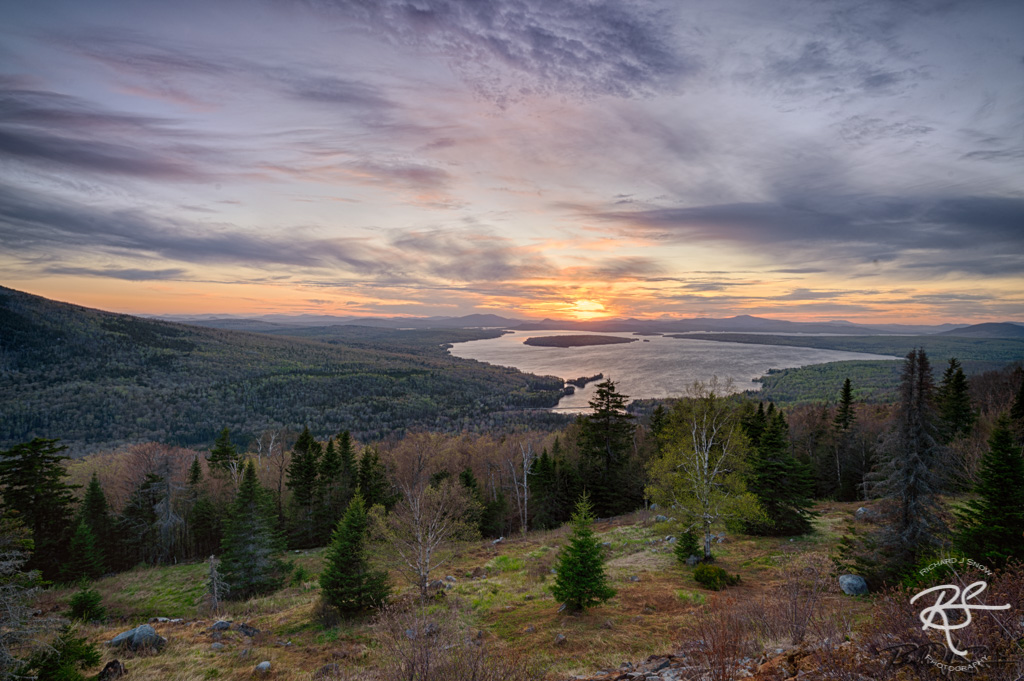
Which is your favorite image? Could you explain the background story behind it?
I don’t think I have a single favorite image. I have favorite images – and they sometimes fade as a new image takes its place as a favorite or sometimes when I look back at my work I find a photo that was, at one point, my favorite and it becomes so again. What I’ll do is tell you what my favorite image is right now. I was staying up at Matagamon Wilderness in Northern Maine and visited Shin Brook Falls. I took several shots of the falls from the perspective that most people view it. I also took some shots using a drone to get some higher angles that you normally wouldn’t see. Finally, I saw an area where I could climb up the side of the falls and get a view that most people would likely never see. It involved a bit of scrambling on wet rocks, but it was something I just had to try to capture. I don’t think I’ve even posted this photo on social media yet because it’s so recent and I’m trying to determine how to present it. It’s such a different angle of Shin Falls that I’ll likely have to show where I took the photo from. It’s this type of photo – one that presents a subject that many people have seen, but from a perspective that they may never have seen – that I most appreciate.
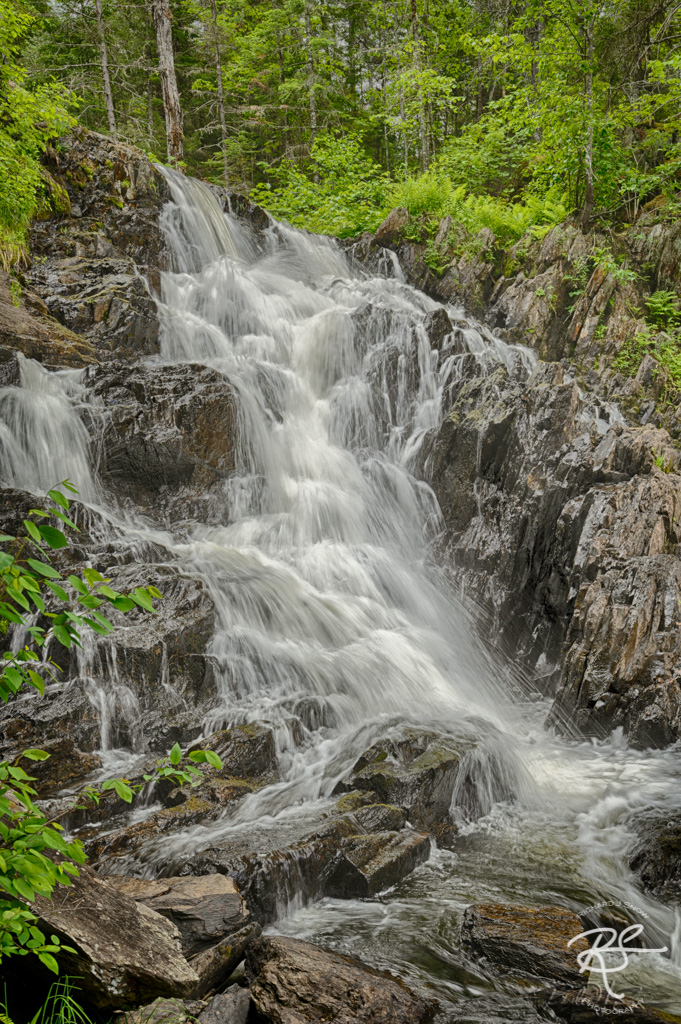
What type of camera(s) do you shoot with? What is your favorite lens?
I shoot with a couple of different cameras – Nikon Z6, Nikon D5, and DJI Mavic 2 Pro.
I have 3 favorite lenses. In no particular order:
Nikon 14-30mm f/4 S (Nikon Z Mount) – I love this lens for its focal length range, it’s constant f/4 aperture, and it’s compact size. Plus the fact that this lens can take threaded filters. It’s a big step up in convenience with very little sacrifice to the optical quality vs the old 14-24mm f/2.8
Nikon 300mm f/2.8 VRII – This is my go-to outdoor sports lens, but it is also a fantastic portrait lens, although you have to yell at your subjects for them to hear you from the best shooting angles.
Nikon 85mm f/1.4 G – this is my go-to portrait lens. Probably 85% of my portraits are shot with the 85mm f/1.4 it has such a classic look and wonderful subject separation and background blur.
What is in your camera bag?
It really depends on what I’m shooting. I guess I’ll give you my hiking setup – it’s the gear set that I’m most commonly using
Pack: Thinktank/Mindshift Backlight 18L
Camera: Nikon Z6
Lenses: 14-30mm f/4 and 24-70mm f/4
DJI Mavic 2 Pro
Spare batteries for the camera and drone
PolarPro cinema filters for DJI Mavic 2 Pro
Polar Pro Peter McKinnon Series 82mm 2-5 Stop Variable ND Filter
82mm Benro Polarizer
Selection of Benro 100mm ND and Graduated ND Filters
Switchpod
ProMediaGear ProStix Tripod with Arca Swiss Ball Head
RODE VideoMic Pro
ZOOM H1 Audio Recorder
Remote shutter release/intervalometer
What is your favorite photography accessory?
Right now it’s the Polar Pro Peter McKinnon Series 82mm 2-5 Stop Variable ND Filter. This is, by far, the best Variable ND Filter I’ve ever used.
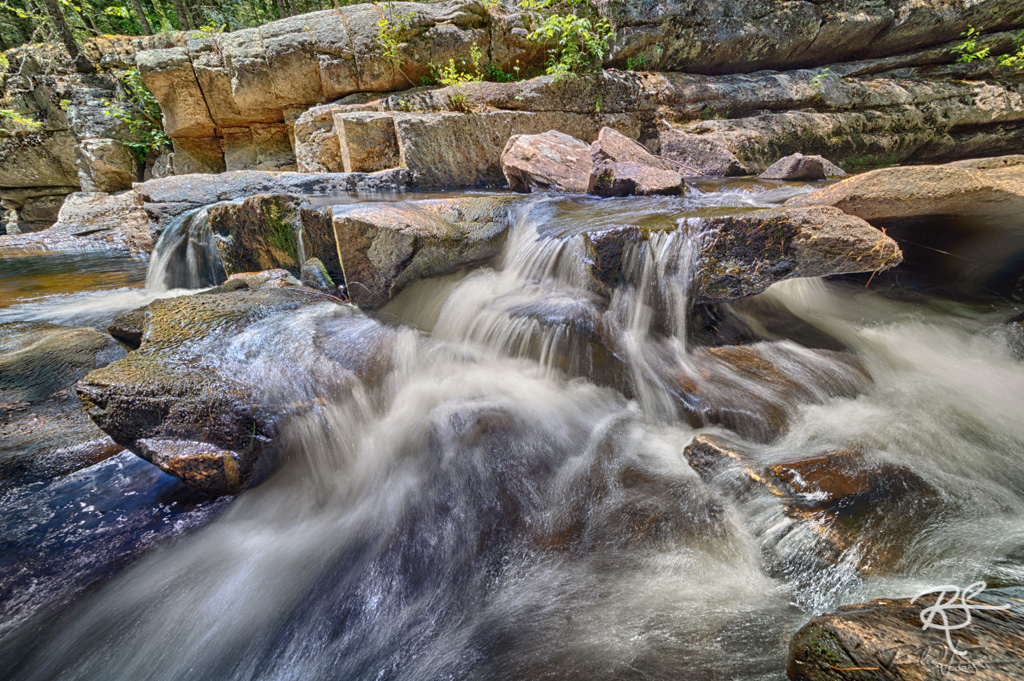
Do you use Photoshop, Lightroom, or any other software programs for post-processing your images?
I primarily edit in Lightroom – it has most of the tools I need to make my images what they are. Occasionally, I’ll get a photo that needs major corrections that I bring in to Photoshop.
What are your thoughts on raw images vs images that have been worked on (photoshop)?
I really don’t like the term “RAW IMAGE” A RAW File, be it a DNG, NEF, or other manufacturer-specific files that are created when you press the shutter is NOT an image. A JPEG is an image file. It’s very specific and is not left open for interpretation. You can open a JPEG in any image browser and it’s always going to look the same.
This is not so for a RAW file. A raw file is simply all of the raw data that the camera’s sensor has captured. It’s not even the file you see on the back of your camera – that’s an embedded JPEG that is part of the RAW file that is used for reference. Understanding this is as fundamental to photography as understanding that negative film is not how an image is meant to be viewed. Once you bring your RAW file into a program – be it Photoshop, Lightroom, On1, or CaptureOne, the software is interpreting the RAW Data based on how the manufacturer of the software thinks the data should be read. In my experience, this is never the way the photo looked when I pre-planned my image. It’s only when the artist makes the image that they envisioned when they took the photo that it becomes a piece of art.
But what about when the camera shoots in JPEG? Well, that’s a finished image – but it’s still one that has been manipulated, not by the photographer, but by the camera’s internal software. Those color settings: Vivid, Flat, Portrait, etc that you can set in your camera – those are all simply you telling the camera how you want the image manipulated. You may not be manipulating your images in front of a computer, but you are still telling the camera how to manipulate the RAW data that it captures to your liking.
I guess, in short, there is no such thing as raw images when you shoot digital. There’s always something manipulating the raw data. If you want to talk about shooting raw images, we’ll need to talk about slide film.
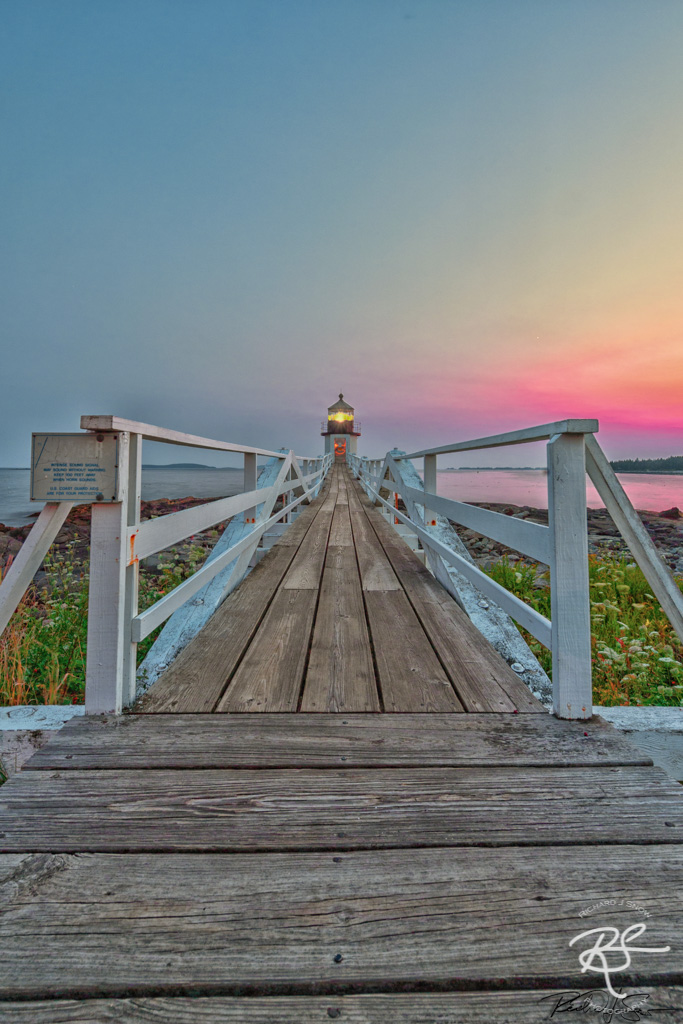
Do you have any projects that make you look back and shake your head? What made the experience so unpleasant?
I have two ambitious projects that I still shake my head at, but they are not unpleasant and they’re really not ready for discussion.
Probably the one experience that I can look back on and shake my head at was a wedding I shot. I was not the hired wedding photographer, I was a guest. I had my old Nikon D70 and a 50mm f/1.8 lens and a shoe mount flash. This is not nearly the gear that I’d normally pack to shoot a wedding back in the day, but just what I’d bring as a guest. Well, I was sitting at the hall before the wedding when the bride came out in tears and told me that her photographer canceled last minute due to illness. I reluctantly agreed to shoot the wedding – as a wedding gift. I look back on this now and shake my head. What was I thinking? It was a friend – she was in crisis, and I had planned on giving her $200 as a wedding gift…instead I gave her a $1200 wedding shoot. Overall, she was happy with what she got, but it wasn’t remotely close to what I would consider my best work. I look back now and wonder just what was I thinking?
Was there a point in your journey when you started to feel really good about your work? If so, what did it feel like to get past that “tipping point?”
It was shortly after the above wedding, actually. At the time, I was just getting into shooting solo projects. Prior to this, I had always worked as a second shooter or had only done little projects for myself. After this wedding, I really started sharing my work with a community of photographers. There was one shot in particular that I was very proud of and I earned a shout out as the wedding photo of the week. It was the moment when I thought to myself – wow, I guess I’m getting pretty good. Now, the funny part is, I started thinking I was better than I was. It wasn’t really until I had put out a lot of my work to be critiqued and had gotten some harsh, albeit constructive, criticism that I realized that one shot doesn’t make you a great photographer. You have to consistently produce great results to be a good photographer. Those criticisms drove me to become better – to learn everything I could about my tools and how to use them more effectively. And I also understand that I’m never going to stop learning about photography. There’s so much to learn and the technology is evolving so quickly that if I ever stop learning about photography, it’s because I’ve put down my camera…for good.

Do you have any new projects coming up or plans to expand your portfolio?
I’m constantly expanding my portfolio. I plan at least one day-long excursion per month from April until November. I’ve also got a couple of weekend projects planned this summer since I am without art shows to attend.
What do you think the future holds for you? Where do you see yourself in the next few years?
At this point in my life, I’m trying to rapidly expand my fine art business. It’s all about marketing yourself and your work and presenting it in a way that people are willing to buy it. I only do portrait photography to help me purchase new equipment – I’m not making a living off of it. Until I get my fine art photography out there and get a good business rolling, I’ll continue with my IT Career, and at some point in the next three to five years, I’m working toward making photography my career and making IT the fall back.
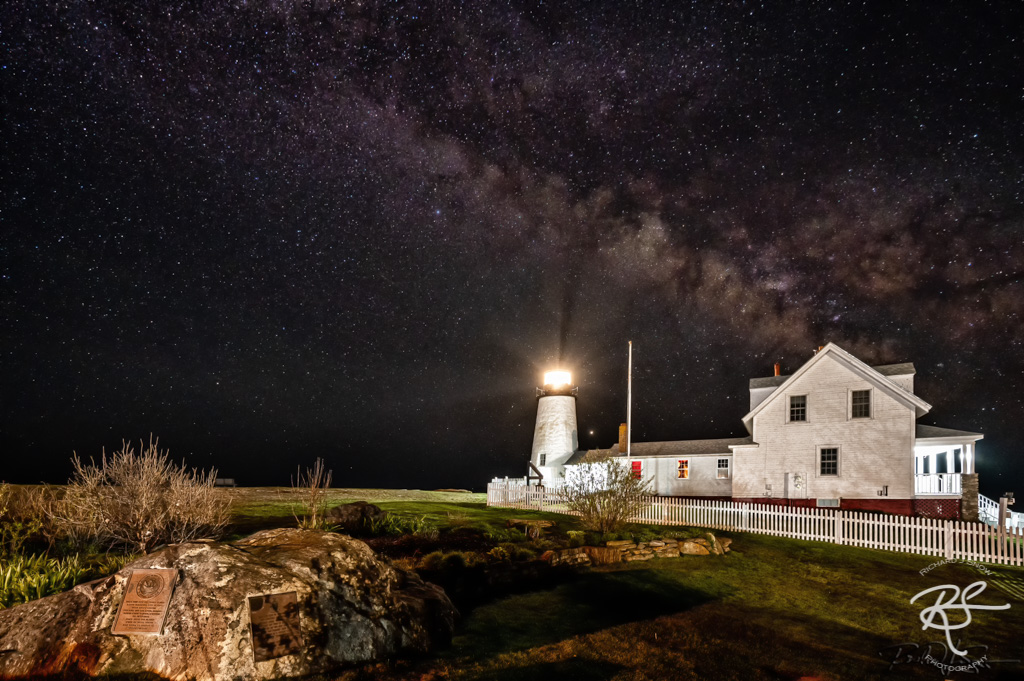
Leave a Reply